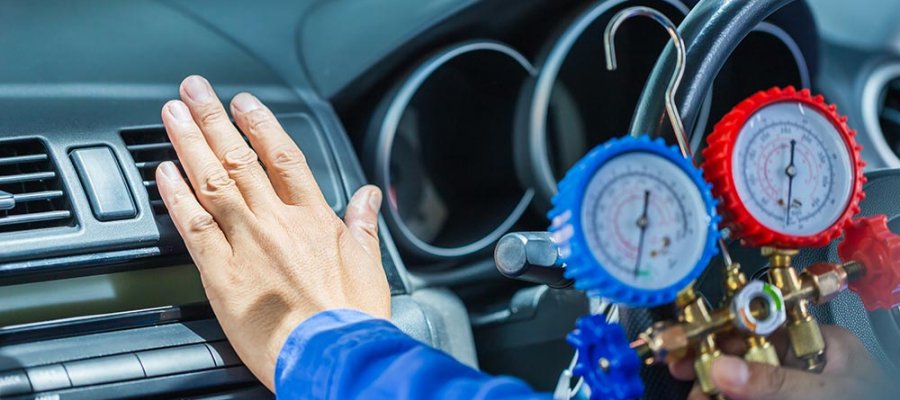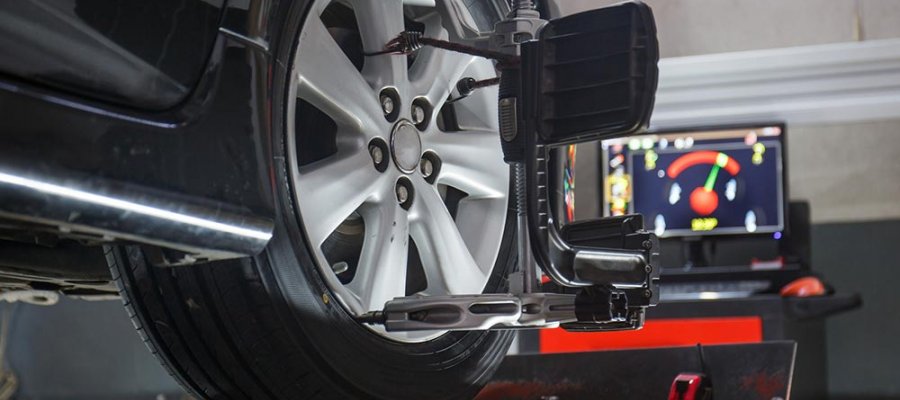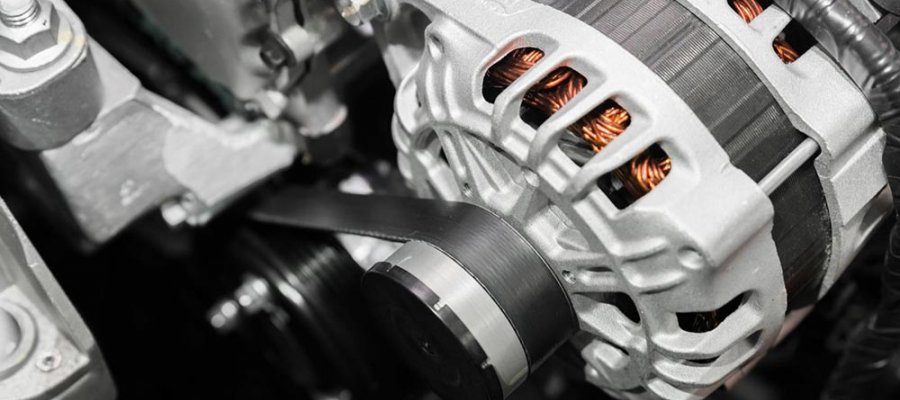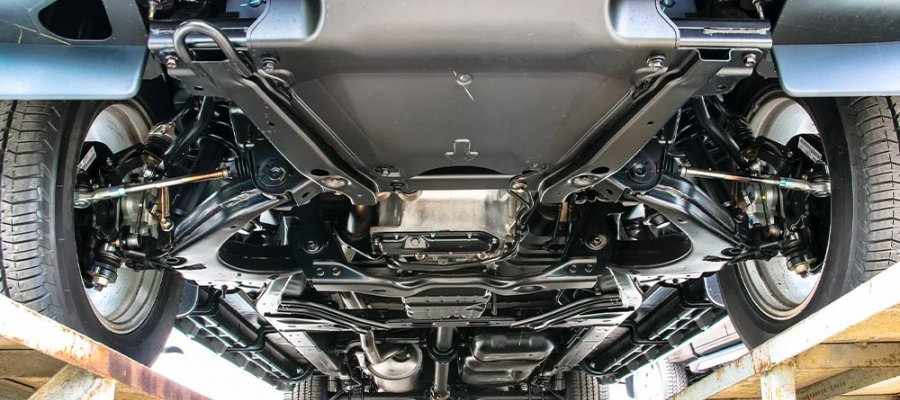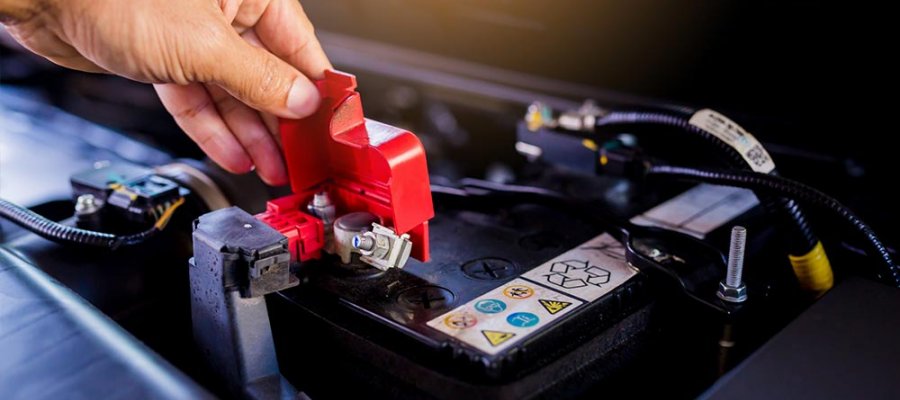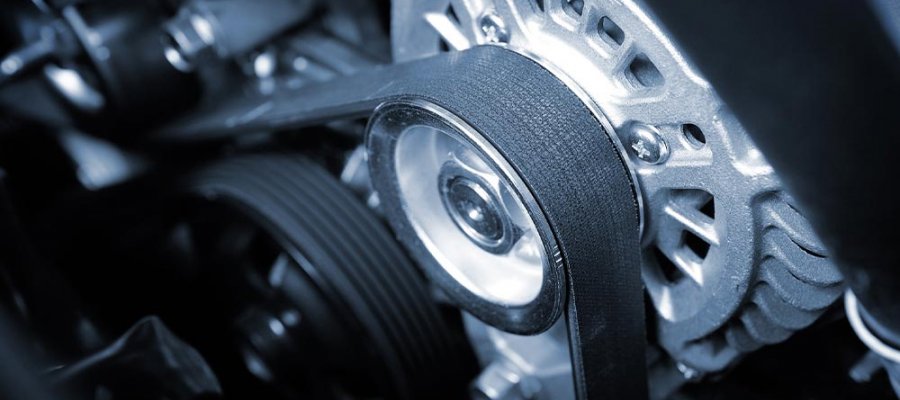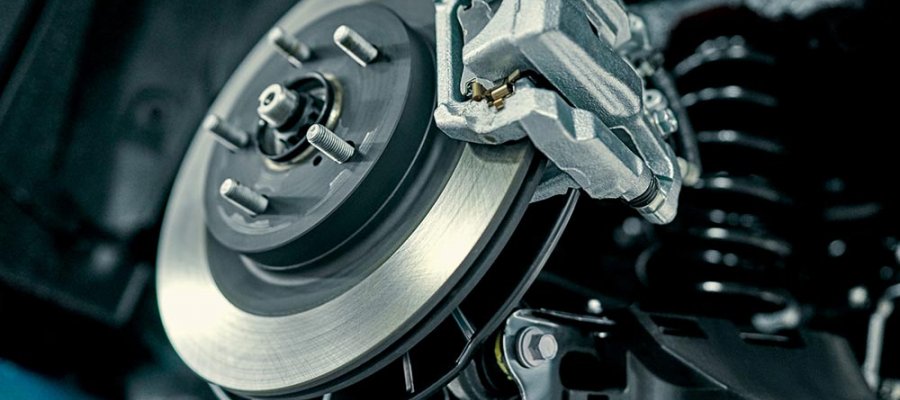Stay Cool with Expert Auto AC Repair Near You If your car's air conditioning isn’t keeping up with the Santa Clarita heat, it's time to bring it to the professionals at PACC Automotive. We specialize in auto AC repair and car air conditioning service for all makes and models. Whether your AC is…
To track properly down the road, your wheels and tires must be pointing in the same direction. This is called alignment. To be able to turn, and move properly over bumps and dips in the road, the wheels and tires work with the suspension,…
Your vehicle’s alternator is the heart of the electrical system. Like a human heart, it “pumps” electrical energy into the battery for use on an as-needed basis by your engine, chassis, or interior cabin. Proper operation is vital, as…
Axles transmit the power of your engine to the drive wheels. They are usually set into the transaxle on a front-wheel drive vehicle, or into a differential if the vehicle is rear wheel drive. Modern all-wheel drive vehicles will typically use both. Axle issues usually become noticeable due to vibration,…
Your battery stores and distributes electrical power to the various needed locations throughout your vehicle. It is filled with a reactive chemical and lead plates, making it a very heavy item. Most are located under the hood with the engine, but automakers today are…
Your vehicle may have a single engine drive belt (called a serpentine), or it may use several belts if it’s an older car or truck. These drive belts roll over pulleys which turn and generate rotational energy into each accessory attached to your engine. They typically drive the alternator,…
Is your car shaking when braking? We have our vehicles so we can jump in and go somewhere...but once we get close, it’s important to stop there! Your brakes are located on each wheel, and they use friction to slow the rotational energy of the wheels so you can slow down and stop where desired. They are…
